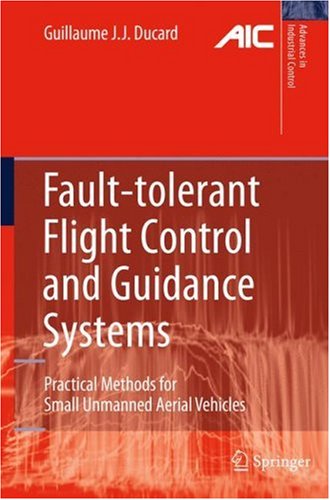

Most ebook files are in PDF format, so you can easily read them using various software such as Foxit Reader or directly on the Google Chrome browser.
Some ebook files are released by publishers in other formats such as .awz, .mobi, .epub, .fb2, etc. You may need to install specific software to read these formats on mobile/PC, such as Calibre.
Please read the tutorial at this link: https://ebookbell.com/faq
We offer FREE conversion to the popular formats you request; however, this may take some time. Therefore, right after payment, please email us, and we will try to provide the service as quickly as possible.
For some exceptional file formats or broken links (if any), please refrain from opening any disputes. Instead, email us first, and we will try to assist within a maximum of 6 hours.
EbookBell Team

0.0
0 reviewsUnmanned aerial vehicles (UAVs) offer an incomparable means of gathering intelligence and carrying out missions without needing an onboard human pilot. The benefits are considerable in terms of cost, efficiency, and reduced pilot risk.
In order to complete a mission efficiently and with a high level of safety and security, the following key design points must be met:
• the flight control system must be robust against the aircraft’s model uncertainties and external disturbances;
• an efficient fault detection and isolation (FDI) system should be capable of monitoring the health of the aircraft; and
• the flight control and guidance system should be reconfigurable depending on actuator fault occurrence or aircraft damage, and should be able to avoid obstacles.
Fault-tolerant Flight Control and Guidance Systems addresses all of these aspects with a practical approach following three main requirements: being applicable in real-time; highly computationally efficient; and modular. The text provides:
• an overview of fault-tolerant flight control techniques;
• the necessary equations for the modeling of small UAVs;
• a complete nonlinear FDI system based on extended Kalman filters; and
• a nonlinear flight control and guidance system.
The book is written in a didactic style with many figures and diagrams making it suitable not only for academic researchers and practicing engineers but also graduate students working in the fields of fault detection techniques and the automatic control of UAVs.